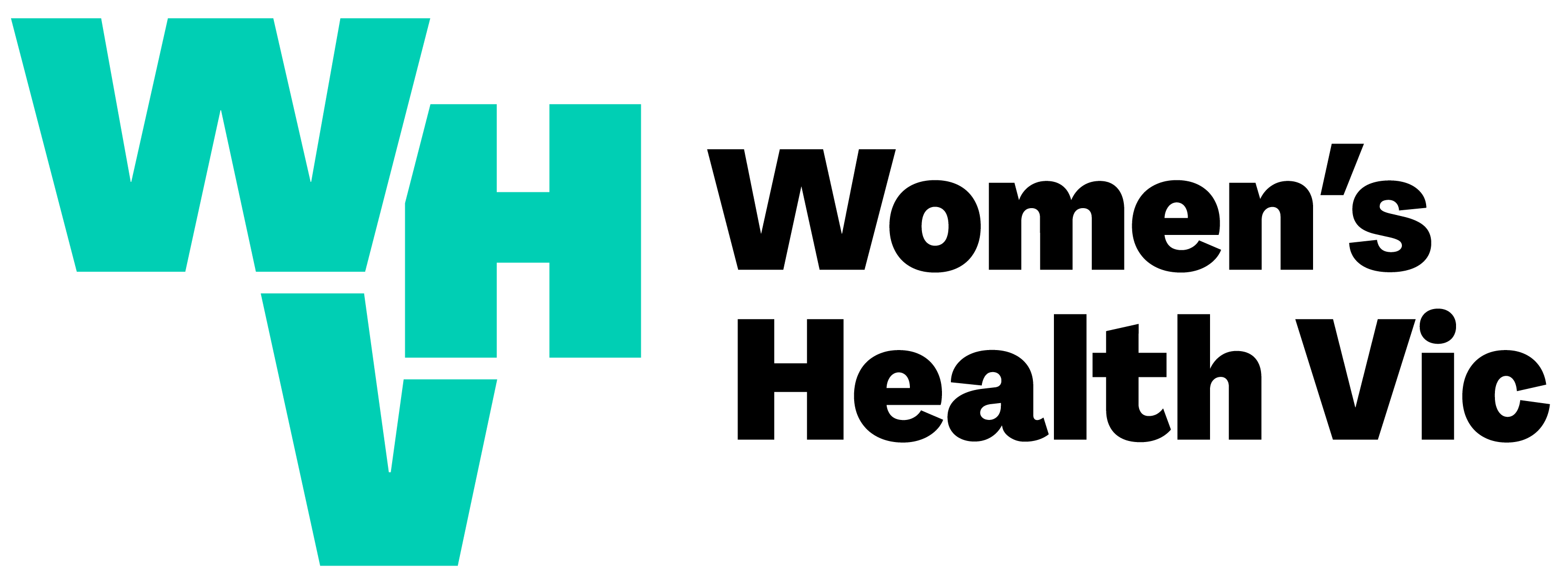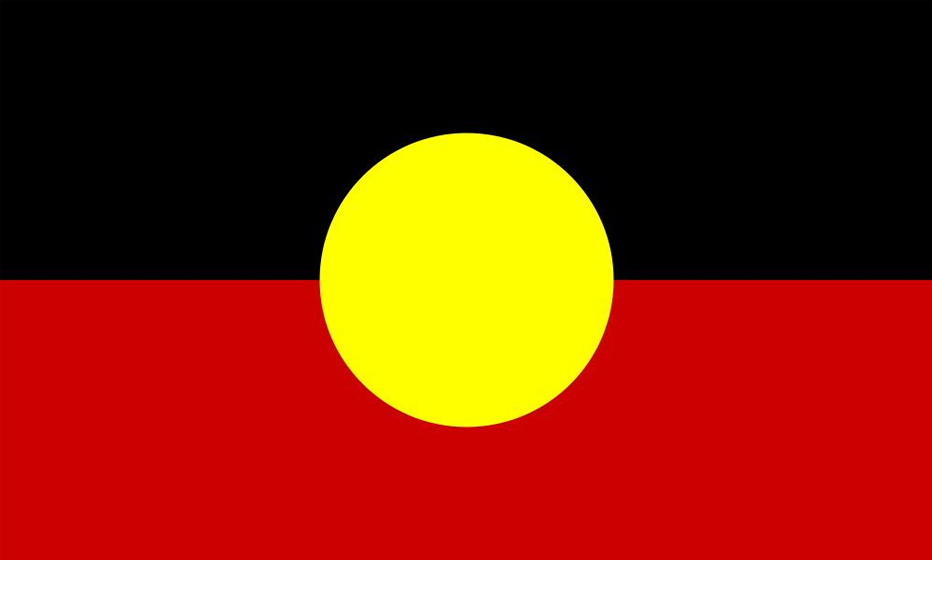Cancer and women
This Connector contains a selection of freely available resources focusing on women with cancer.
In Australia, cancer deaths comprise 27% of all female causes of death, and 36% of female years of life lost. According to the Victorian Cancer Registry, the cancers with the highest incidence in Victorian women are breast cancer, followed by bowel cancer, melanoma, then lung cancer. The Victorian cancer plan 2016–2020 provides the current Victorian context for cancer care and control.
The gendered experience of women diagnosed with any type of cancer needs greater research and consideration. While female breast cancer has a 5-year survival rate of 94%, many other cancers have significantly lower 5-year survival rates (colorectal 69%, ovarian 42% and lung 20%).
Risk factors, screening, prevention and health promotion messages should all be examined through a gender lens to ensure that strategies in each of these areas are targeted to the needs and experiences of women.
Cancer diagnosis and treatment can have specific impacts for women that relate to gender. Caring responsibilities, the impact on body image, reproduction and menopause, sexuality and relationships and financial considerations are all issues that can affect women’s diagnosis, treatment and long-term outlook. Research also suggests that the psychological implications of cancer are greater for women, and that psychosocial support is integral to women’s wellbeing and outcomes.
Cancer risk increases with age. An ageing and growing population is leading to increasing cancer diagnoses. This coupled with increasing survival following cancer diagnosis and treatment is resulting in more women living in the ‘survivorship’ phase which follows diagnosis and active treatment. This means that risk reduction and wellbeing strategies such as healthy weight management and exercise are becoming more important factors in wellbeing following cancer.
Some cancers among women have known means of prevention and/or early detection which can be applied to reduce incidence and mortality. Cancer policies and strategies would be strengthened by the inclusion of gender-specific content, informed by research into the risks, diagnosis, prognosis, treatment responses and lived experience of women with non-reproductive cancers.
Women's Health Victoria (2017) Cancer and women. Women's Health Victoria. Melbourne. - (Clearinghouse Connector; Apr 2017)





